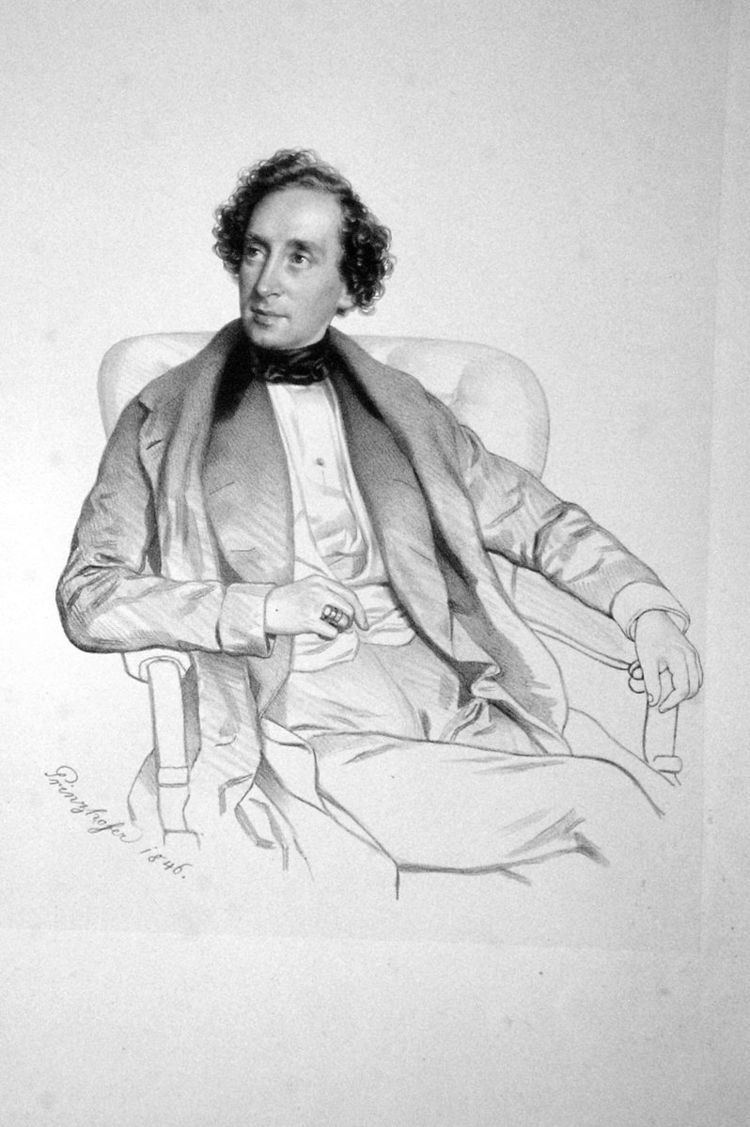 | ||
The book test is a classic magic trick used by mentalists to demonstrate telepathy-like effects. The name refers to its early use as a test of mental powers.
Contents
Effect
An audience member (the "spectator") is called onstage to assist the mentalist. The spectator is shown one or more books, and asked to read a random passage from one of them. The passage may be revealed to the audience, or recorded in some other way for later comparison. The mentalist then typically presents a routine to establish an atmosphere or back story, and proceeds to read the spectator's mind to reveal elements relating to the passage read by the spectator.
History
Books have been used as props as long ago as the 1450s. In one particularly common trick, the "blow book", spectators would blow on the pages of a book which would then reveal images, colors, or text. However, these were not similar to modern book tests, as the "magic" was simply the change in appearance.
The modern concept of the book test involves the magician revealing a word, phrase, or image that the spectator has selected at random. The earliest known example is a variation on the modern Twenty One Card Trick, in which a series of operations reveals the chosen item through basic mathematics. The magician first asks a spectator to choose a word or figure on a starting page. An associated number, say the column or group that the figure appears in, is used to select another page. For instance, if the spectator picks a figure in column two, they might flip forward two pages. Here the spectator sees the same figure somewhere else on the page, and repeats the process. After three flips the magician stops them and reveals the figure.
It is known that a version of this sort of book test was created by well-known publisher Girolamo Scotto and demonstrated for the Emperor of Austria in 1572. However, printed versions from this time are not extant. The earliest surviving example was found by Italian magician Vanni Bossi in the book Il Laberinto, originally published in 1607 by Andrea Ghisi. An English translation was published in 1610 under the title Wits laberynth, or, the exercise of idlenesse. It is believed Wits laberynth was the inspiration for the same trick in Nicholas Hunt's Newe Recreations, published in London in 1631.
Modern variations of the original "labyrinth" concept using gimmicked books are widespread, although they vary greatly in nature. The first modern example is widely suggested to have been introduced by Johann Nepomuk Hofzinser sometime between 1865 and 1875, generally known simply as "The Word". Variations using a single page that can be inserted into other books, sometimes known as the "True Test" or "Modern Magazine Test", were first developed by in the 1930s by U.F. Grant, a well-known inventor of magic tricks.
A very different style of book test uses unmodified books, and yet produces similar results. Originally developed by magician David Hoy and published in his 1963 The Bold and Subtle Miracles of Dr. Faust, the "Bold Book Test" is widely considered a classic and inventive trick. The trick, often with Hoy's name removed, has been published in dozens of books and pamphlets.
The book test has been a staple of mentalist acts throughout the 20th century. One of the best known variations of this trick was repeatedly performed by The Piddingtons, whose version included elaborate stagecraft that placed Lesley Piddington, the "reader", in a variety of bizarre locations, from London Tower to a diving bell. James Randi uses the trick as a staple of his impromptu shows, selecting among a wide variety of methods at whim.
Method
There are many versions of the book test. The magician may use a single book, a single page or multiple books. In each case there are multiple variants. Methods using more than one book generally used unmodified books, or naturals. These can be distinguished because the mentalist hands the books to the spectator to choose among, and has some sort of riffle or fast flipping of the pages later in the trick. Methods using a modified book, a gimmick, allow free selection of the word from any page. In cases using the dictionary test principle have the magician holding the book in front of them, facing out.
